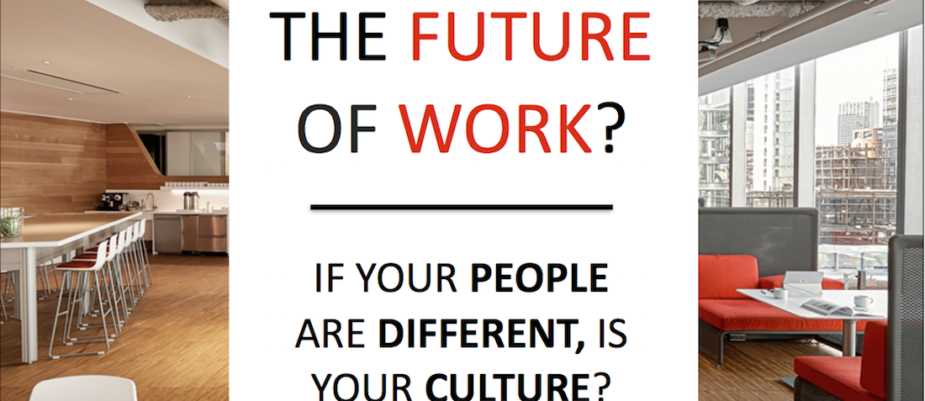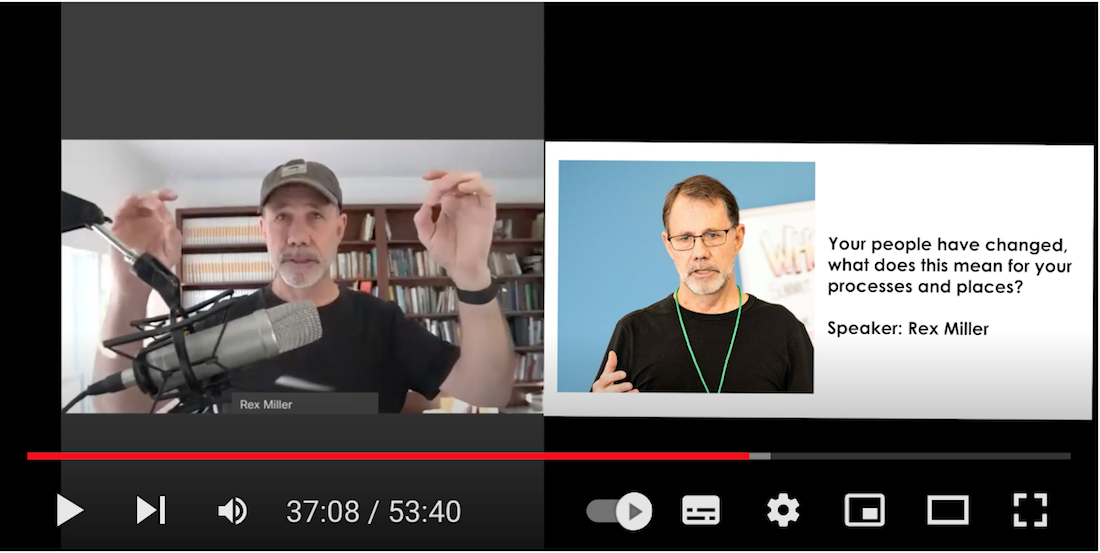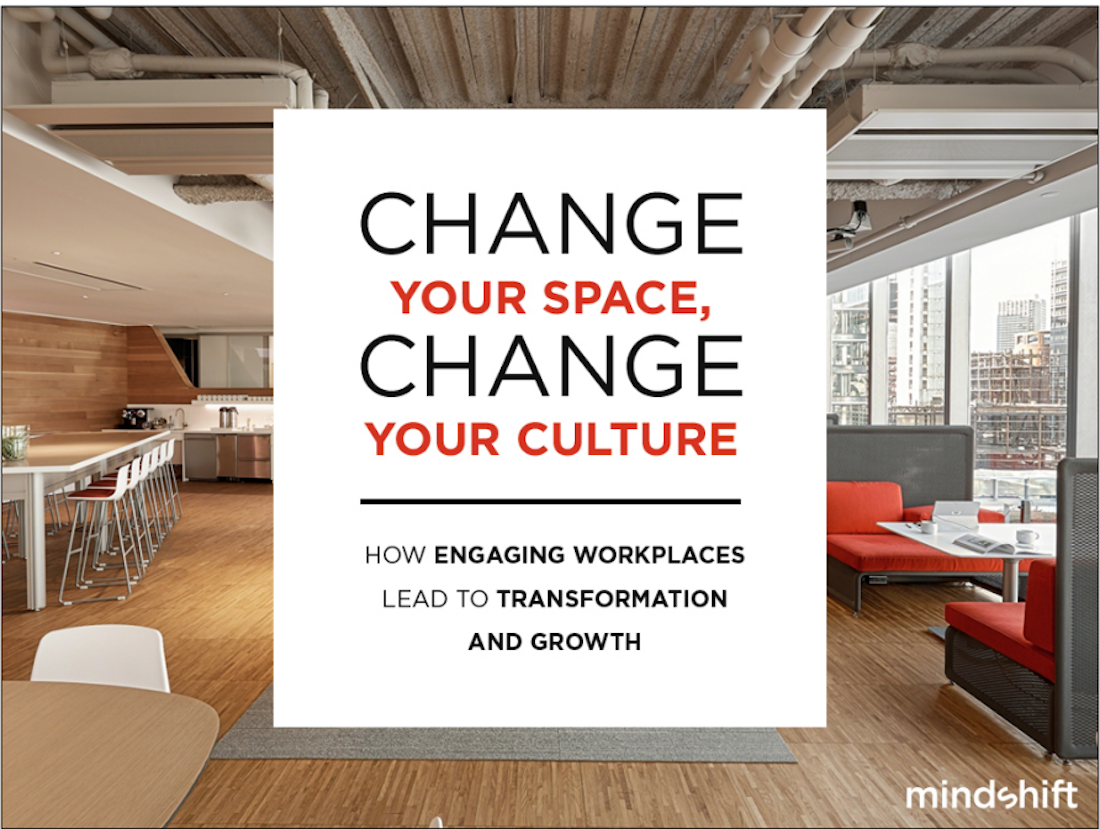
“Our people have changed, so what does it mean for the processes and for the workplace?” This question gave the title to the Herman Miller‘s webinar with Rex Miller, author and expert in human resource management. The new challenges posed by the pandemic require a new type of adaptive leadership, which is comfortable in finding solutions out of the comfort zone, and in understanding the shadow culture that is the set of hidden practices that characterizes a company’s everyday life.
“The first impediment to change is culture“. Rex Miller, author of several interesting essays on office design and management such as The Healthy Workplace Nudge and Change Your Space, Change Your Culture, has found two types of culture that prevent changing: the managerial and corporate tradition that fails to innovate (as in the famous case study of Kodak); and the “shadow culture“, that is “everything that happens when the manager does not look”, that is the combination of different behaviors, networks of trust, collaborations and communications that the management could not observe.
We can say that “shadow culture” is the other side the “informality”, which often is positively framed as a source of new encounters, ideas and hybridizations. However, understanding a company’s shadow culture is crucial to better manage future hybrid ways of working, where different spaces and times often multiply the “blind spots”. How, then can we use this different informality as an opportunity for change and not for resistance?

During the Herman Miller’s webinar, Rex Miller pointed to a new kind of leadership that is less directive and more focused on people development. The model is that of a coach, whose goal is to improve his team without burning them out. The coach listens to the people working in the team because they are called the ones who have to decide what is good for them, avoiding two opposing traps: giving in, that is letting people do what they want, or excessively tightening control.
The workplace can still play a decisive role in “coaching” the team, but also can create a more meaningful experience, following the hospitality sector as a model. Three types of environment must be implement: touchpoints, friction points, and engagent points.
Touchpoints are above all the “in-between spaces” that help us to decompress the stress of working days, giving us the possibility of recovering and being resilient.
On the contrary, friction points are those where stress can be generated. An example is the security check before accessing the building: “Here, you can work on the empathic abilities of security guards by teaching them to read body language, and to better relate to the people who arrive at the office”.
Finally, engagement points are used to create involvement, fun and to increase the sense of belonging.

Designing a workplace don’t requires only the capacity to face complex problems with technical solution. It is necessary to open up to problems without a ready-made solutions, but that requires researching ad paying attention to new elements that could become the future cornerstones of technological and social developments. This presupposes an operational mode based on experiments and prototypes, and on always-open-to-change solutions. The attitude, concludes Rex Miller, must be inspired by positive psychology: “We must enhance strengths of our people, not emphasize their weaknesses”.
Text by Gabriele Masi.

















